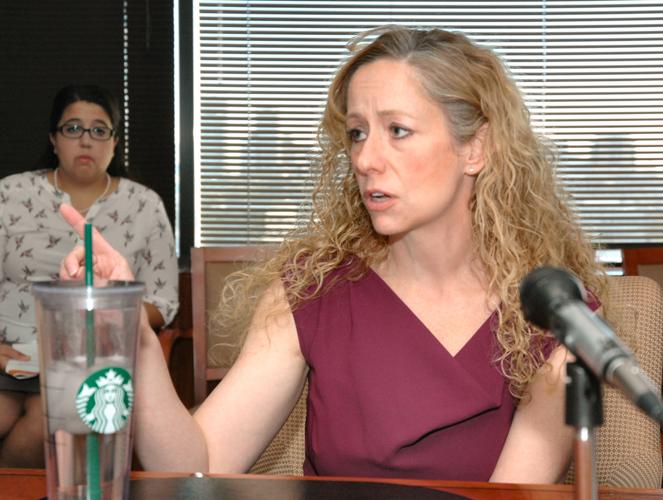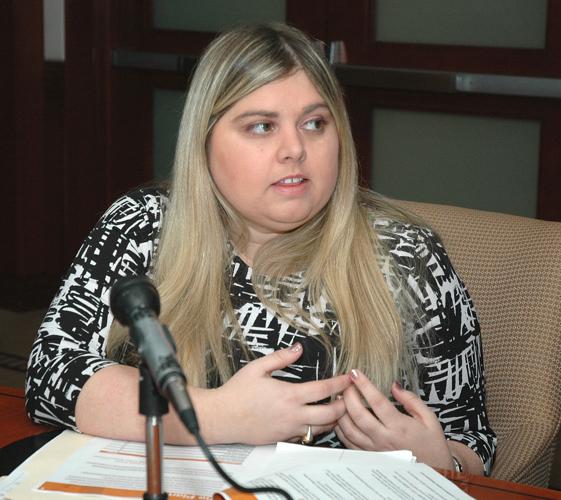PHOENIX — Gov. Doug Ducey wants legislators to enact a package of laws and authorize new regulations — many on doctors — to curb opioid abuse and overdoses.
Legislation being crafted for a special legislative session this coming week includes:
- Forbidding doctors from prescribing more than five days of opiates for people who are not already taking the drug.
- Limiting the dosages of opiates that doctors can prescribe.
- Eliminating paper prescriptions for opiates to curb forgeries.
- Setting up a system to prevent patients from “doctor shopping.”
- Allowing drug manufacturers who falsely promote their opioids to be charged with crimes and having their executives subject to incarceration.
The package also includes provisions designed to help those already addicted, including allowing them to walk into a central location to turn in their drugs; and to get temporary placement of their children while they try to deal with their problem.
Ducey also wants a “good Samaritan” law similar to that in 40 other states, which permits witnesses to an opioids overdose to call police without fearing they will be arrested because of their own drug use.
Christina Corieri, the governor’s health adviser, said the package was created with input from various interests, including the medical community. But it remains to be seen whether doctors are willing to accept new state-imposed restrictions on their ability to practice medicine.
“We want to make sure that while we’re trying to go after the bad actors and make sure that the proper checks are made that we’re not running into policies that may impact people that are suffering from pain and may have either delays in care or are unable to access it,” said Pete Wertheim, executive director of the Arizona Osteopathic Medical Association.
Still, he said medical providers recognize their responsibilities.
“We’re part of the problem,” Wertheim said. “We need to be part of the solution.”
The Arizona Medical Association, which represents MDs, is reviewing the plan.
Its mission is both improving the health of Arizonans “and defending Arizona physicians’ ability to practice medicine in the best interests of their patients,” said Sharla Hooper, the association’s vice president of communications and accreditation.
“We need to be careful that policy decisions don’t have unintended or harmful consequences to patient care,” Hooper said.
The problem, Corieri said, is that 812 Arizonans died of suspected opioid overdoses between June 2017 and this month. More than 5,200 other overdoses also occurred in that period. There were 455 babies born addicted to the drug.
The state estimates that 75 percent of the heroin users in treatment started with legal painkillers, whether they were prescribed or they got the drugs illegally on the street.
The governor’s package includes some funds for treatment, including $10 million for those ineligible for Medicaid. It would provide more access for individuals, families, doctors and law enforcement to Naloxone, a drug that can counteract the effects of an overdose.
But the focus is on the ability of people to get the drug legally. The five-day limit on prescriptions would apply to patients who have not been taking opioids for the prior 60 days.
Corieri said it is not unusual for a doctor to give a patient a prescription for a 30-day supply after surgery or other medical procedures.
She said people presume if they’ve got pills for 30 days the doctor wants them to take the full course, as with antibiotics. But Corieri said there is data that the chances for someone to become addicted double after six days, and double again after 12.
If patients need more, “at that point it will be up to the physician and the patient to determine,” said state health director Cara Christ.
“Most people with an acute injury only need three days, usually not more than seven,” she said. “This is going to get people through that initial injury so that they can transition to potentially something else like acetaminophen and ibuprofen.”
The other half of that equation involves dosages.
Federal guidelines recommend doctors use caution with daily dosages of more than 50 “morphine milligram equivalents.” That MME is a standard indicator, as different forms of opioids have different strengths.
The legislation proposes a 90 MME limit. But Christ said there must be exceptions for managing pain in situations such as burns, hospice and end-of-life care.
“One of the issues (with opioids) is your body becomes dependent and becomes tolerant of it,” Christ said. “You need more and more dosage the longer you’re on it, sometimes, in order to get the same impact and have the same pain control.”
Christ said the question of better alternatives is not simple. She conceded it could include medical marijuana, which is legal in Arizona for patients with certain conditions.
“We have a very robust medical marijuana program in Arizona,” Christ said, with about 150,000 people already having permission to legally use the drug. “That’s something that the doctor and the patient need to decide that’s right for them.”
Christ, who suffers from acute rheumatoid arthritis, said her personal treatment preference is a combination of diet and exercise.
“But that doesn’t work for everybody, just like marijuana doesn’t work for everybody,” she said.







